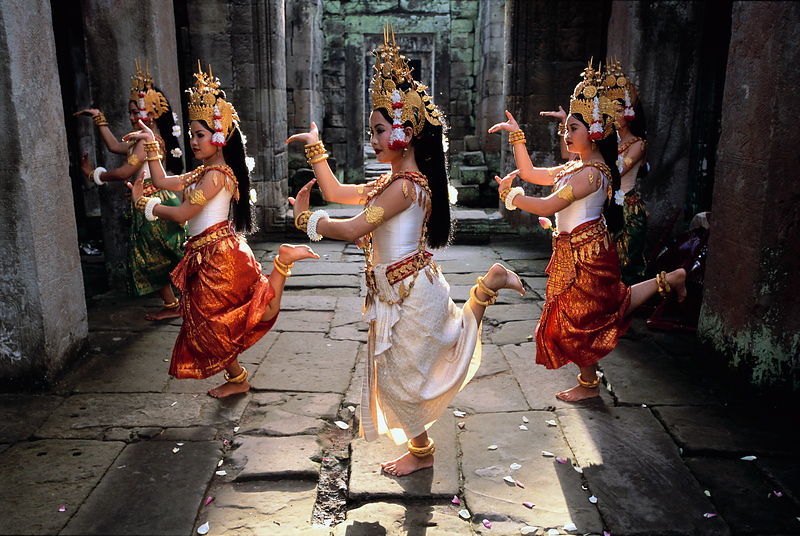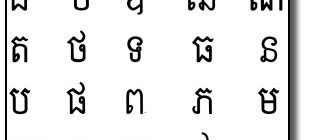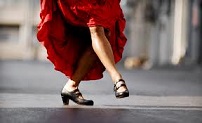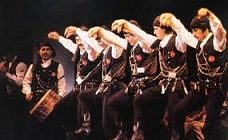Discover the significance of traditional dance in Cambodia and what it means to the locals.
Cambodian dance in its essence can be divided into three broad categories. The first category is that which took birth in the royal courts and is known as classical dancing. Then there are the folk dances that serve as story telling performances of everyday life. The third category is that of vernacular dances which are prepared and reserved for special occasions.
There are strong similarities between what is known as Khmer classical dancing and the dancing traditions practiced in Thailand and Laos. In the English language classical Cambodian dance is known by a variety of terminologies. It is referred to as the Khmer royal ballet as well as the Cambodian court dance. This unique dance form actually has an unbroken chain of narrations that shows that the roots of the dance form actually belong to the Angkor period.
The roots, rise, fall and comeback of Cambodian dancing
The earliest records of classical Cambodian dances can be traced back to the seventh century. The dance was performed as part of the funeral rites when kings of the nation passed away. This practice is still prevalent in Cambodia today. The temples and other religious processions were the main stages where classical Cambodian dance flourished during the Angkor period. The temple dancers had a special name; the asparas and were regarded as esteemed entertainers and messengers of the divinity.
The classical dance style was cast aside and condescended during the Khmer Rouge regime’s takeover. It was during this time that mass execution of classical dancers took place in order to put an end to this aristocratic practice. It is said that more than ninety percent of the classical Cambodian dancers were executed during the regime’s rule over the nation. Those that managed to survive spent their lives hiding away in colonies where they could secretly practice the dance form.
Refugee camps became the re-launching pad for Cambodian classical dance. It was in these camps that the few surviving dancers began to teach the classical dance style to other refugees. With the passage of time however Khmer dancing picked up again and was formally institutionalized and taught in fine arts schools and colleges. The Royal Ballet of Cambodia also came into being. This was a gigantic step for the fans of Cambodian classical dance as it showed that they had managed to rise out of the persecution they faced under the Khmer Rouge regime.
The dance style revolves around highly stylized movements and gestures. These movements are used to tell a story without actually using any words just like they do in a mime performance. It is an abstracted style of story telling that tickles the intellect and triggers the imagination.
In some ways Khmer classical dancing bears certain similarities with French ballet. Those aspiring to become classical dancers need to be trained from their youth so that they are able to make all those flexible movements that the dance form requires of them.





